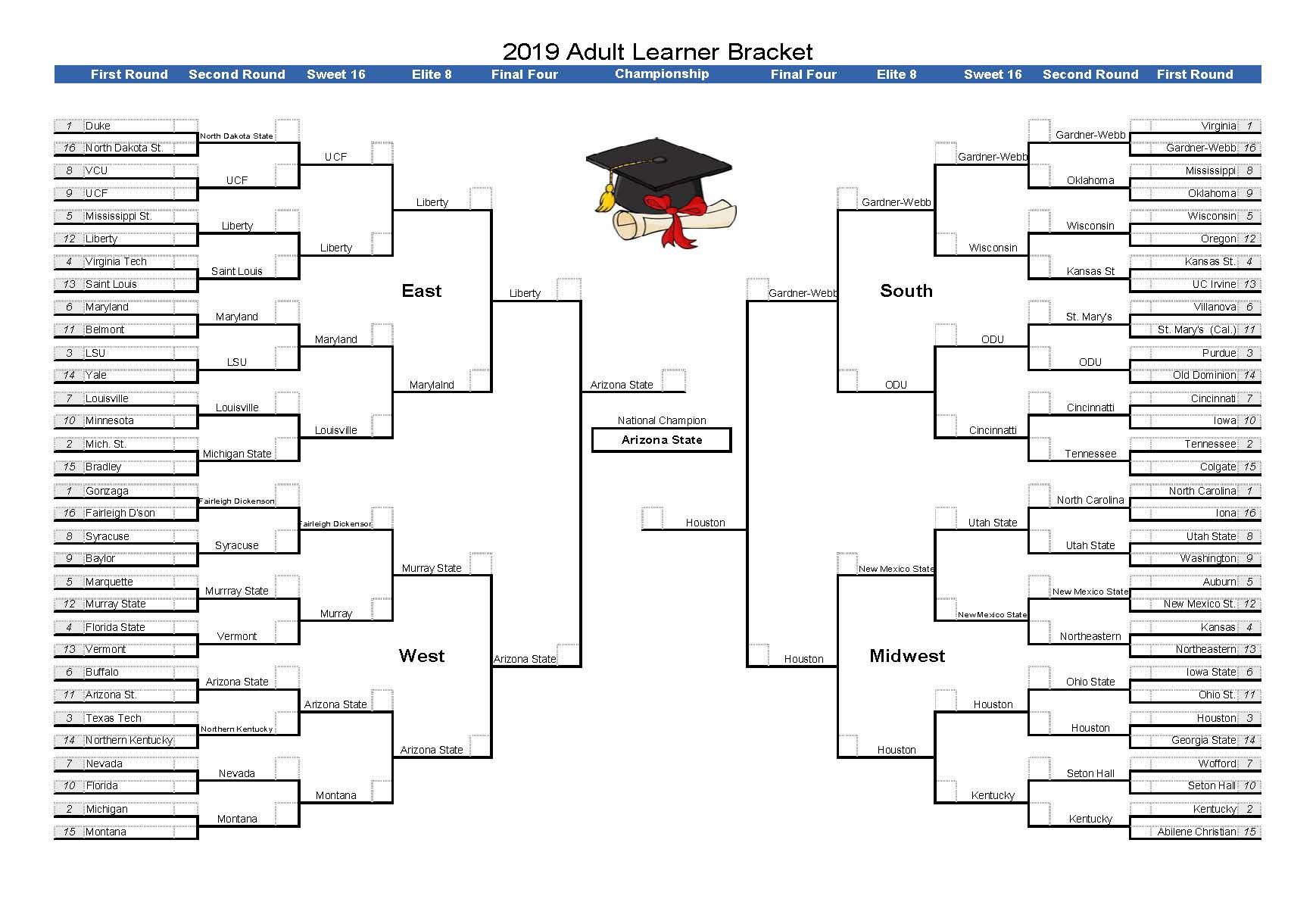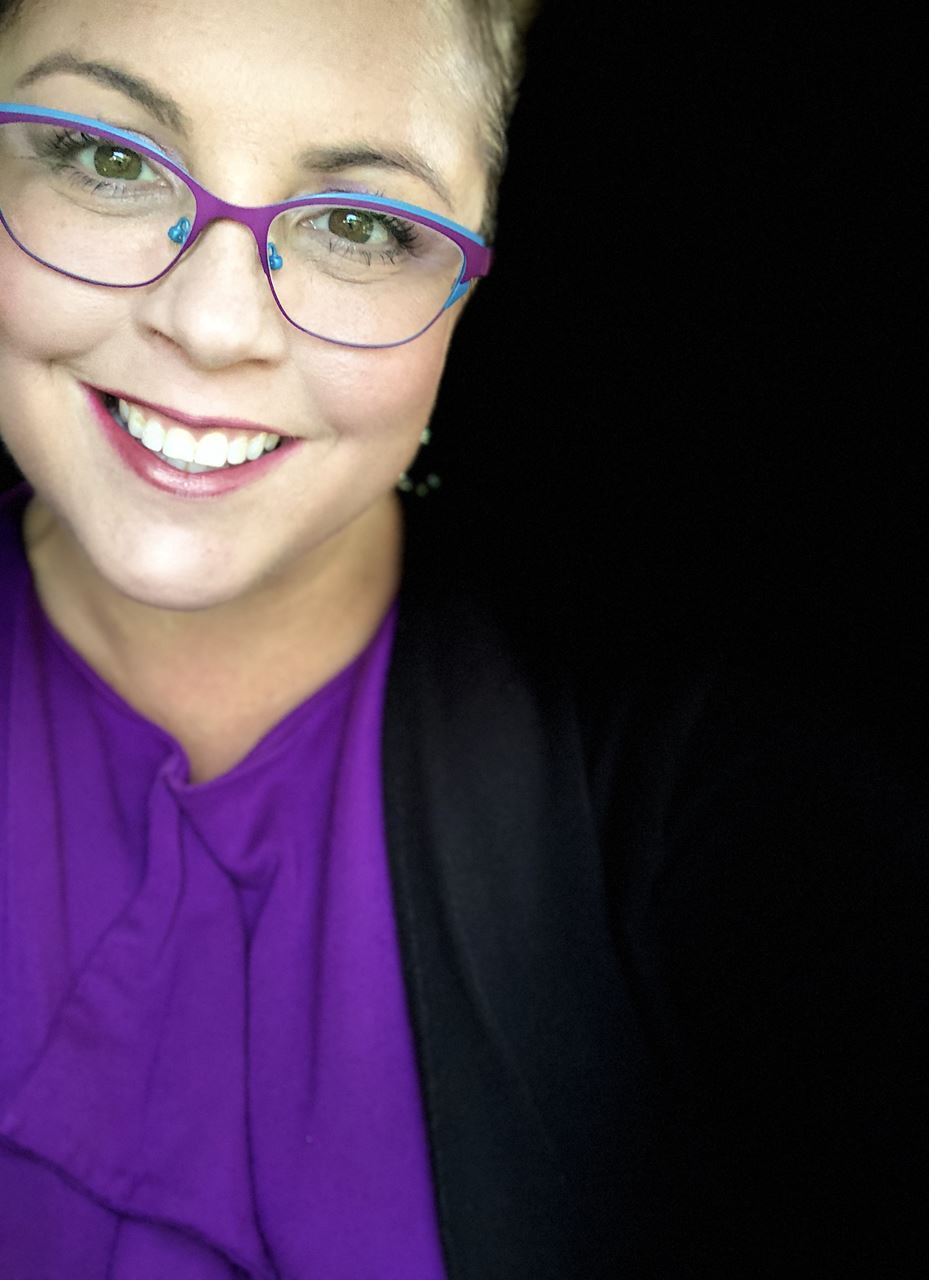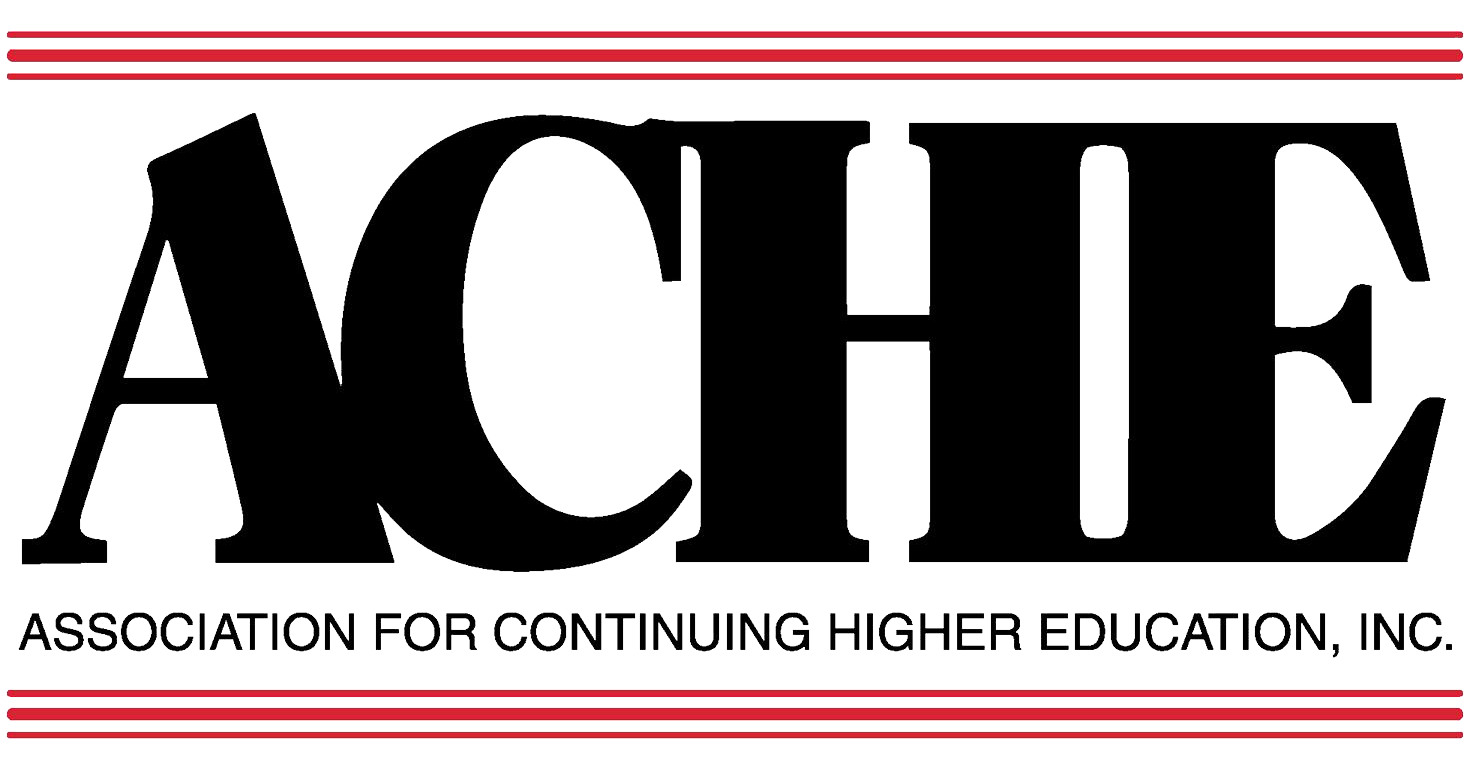March Madness and the Adult Learner
In my family, March Madness, is serious business. Several years ago we started a NCAA Men’s Basketball tournament tradition. We go out to dinner the day after the selection show, taking along pens, blank brackets and varying levels of basketball knowledge. There are only three of us but we typically take 15 blank brackets with us in case one of us makes lots of mistakes (that’s usually me). The family member who wins the bracket pool gets two highly coveted prizes; their name on the Johnson Family Bracket Trophy and the privilege of choosing the location of the selection meal the following year.
case one of us makes lots of mistakes (that’s usually me). The family member who wins the bracket pool gets two highly coveted prizes; their name on the Johnson Family Bracket Trophy and the privilege of choosing the location of the selection meal the following year.
This year as my bracket started looking bleaker, I started thinking about alternative ways to complete a bracket that had nothing to do with a team’s basketball skill. Because I think about adult learners often in my work, I began to wonder how these 64 schools would perform if we created a bracket based upon the percentage of adult learners these institutions serve. Who would win in the first round to advance to the thirsty thirty-two? Who would be in the final four? Would they be small private schools or large flagship institutions? Why would they be the winners? My curiosity motivated me to find the answers.
Here are some observations I made while competing this bracket.
- To make it to the final four, more than 25% of a school’s total population had to be adult learners. At Gardner-Webb and Houston, 28% of the population is 25 and over, at Liberty over half of their student population would be classified as “adult,” and at Arizona State, the overall champion, more than 64% of their students are adult learners.
- Each of the final four teams have intentionally built structures that support adult learning. At Gardner-Webb, a small private school in Boiling Springs, NC, the institution has both the GOAL degree-completion program and a large number of online course offerings. Both adult-oriented programs are advertised on the landing page of their website, signaling to adults that they belong at Gardner-Webb. The other teams in the final four have large online offerings. At Houston, students can enroll in more than 1250 online courses. At Liberty, students can earn a bachelor’s degree online from 13 of its schools in areas including aviation, graphic design, and cybersecurity. US News & World report ranks Arizona State #2 in the nation for online learning. The university website also notes that more than 90% of online learners have transferred work from other institutions. All of these schools are promoting their offerings directly to adults.
- If we back up to the first round of “play”, it is notable that for many schools, branch campuses are important for advancement. While serving fewer overall students than the main campus, the outreach function of the branch campus often makes for higher percentages of adult learners at locations removed from the main campus. The branch campus is often also less intimidating and easier to navigate than the main campus as well.
- While LSU loses in the second round to Maryland in this year’s adult learner race, look for them to advance further next year. Setting a goal of 30,000 online students by 2025, LSU is looking to make a name for itself in the online learning space. I expect them to advance much further in future “tournaments.”
- At 37 of the 64 colleges and universities in this year’s tournament, adults make up less than 10% of the entire student population.
Wondering how your school fared in the adult learner bracket, you can see the full results below.

I'll spend a lot of the next few weeks cheering on student-athletes. Because of this exercise, I'll also be cheering on those schools who are making the best efforts to serve adult learners. I hope you will be cheering for those schools too.
Sincerely,

Amy Johnson
President-Elect, ACHE
